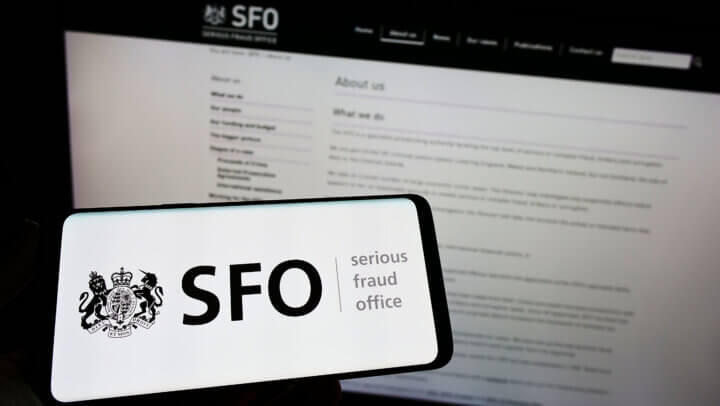The turbulent trajectory of the UK’s laws to combat the spread of Covid-19 over the last two years is such that it can be hard to recall exactly what has been prohibited and when. BCL partner John Binns writes for The Barrister speaking about the history of the lockdown regulations.
*Here is a short extract from the article:
An extraordinary journey
The turbulent trajectory of the UK’s laws to combat the spread of Covid-19 over the last two years is such that it can be hard to recall exactly what has been prohibited and when. The following may serve as a reminder.
The original Regulations
The original use of Regulations to restrict movements and gatherings by England’s general population came into force on 26 March 2020[1].
Restriction on movement
In broad terms, the principal restriction (in Regulation 6) said starkly that ‘no person may leave the place where they are living without reasonable excuse’.
A non-exhaustive list of reasonable excuses was provided, which included:
- to obtain basic necessities;
2. to take exercise (alone or with members of the same household);
3. to seek medical assistance;
4. to provide care or assistance to a vulnerable person;
5. to donate blood;
6. to travel for the purposes of work (where it was ‘not reasonably possible for that person to work… from the place where they are living’); and
7. to attend a funeral of a member of the person’s household, a close family member, or (if no-one in those categories was attending) a friend.
The definition of ‘the place where a person is living’ included (for example) their garden.
Restriction on gatherings
At that time, the restriction on gatherings (with exceptions, including those ‘essential for work purposes’) only applied to those of more than two people in public spaces.
The criminal offence
Regulation 9 then created various offences, including of breaching Regulation 6. These were punishable on summary conviction with fines, or by Fixed Penalty Notices (‘FPNs’) (the favoured route for dealing with breaches, largely bypassing criminal proceedings altogether).
The maximum penalties that could be imposed increased sharply where there were multiple breaches by the same individual.
*This article was first published by The Barrister in February 2022. If you wish to read the full article, please visit The Barrister website.




